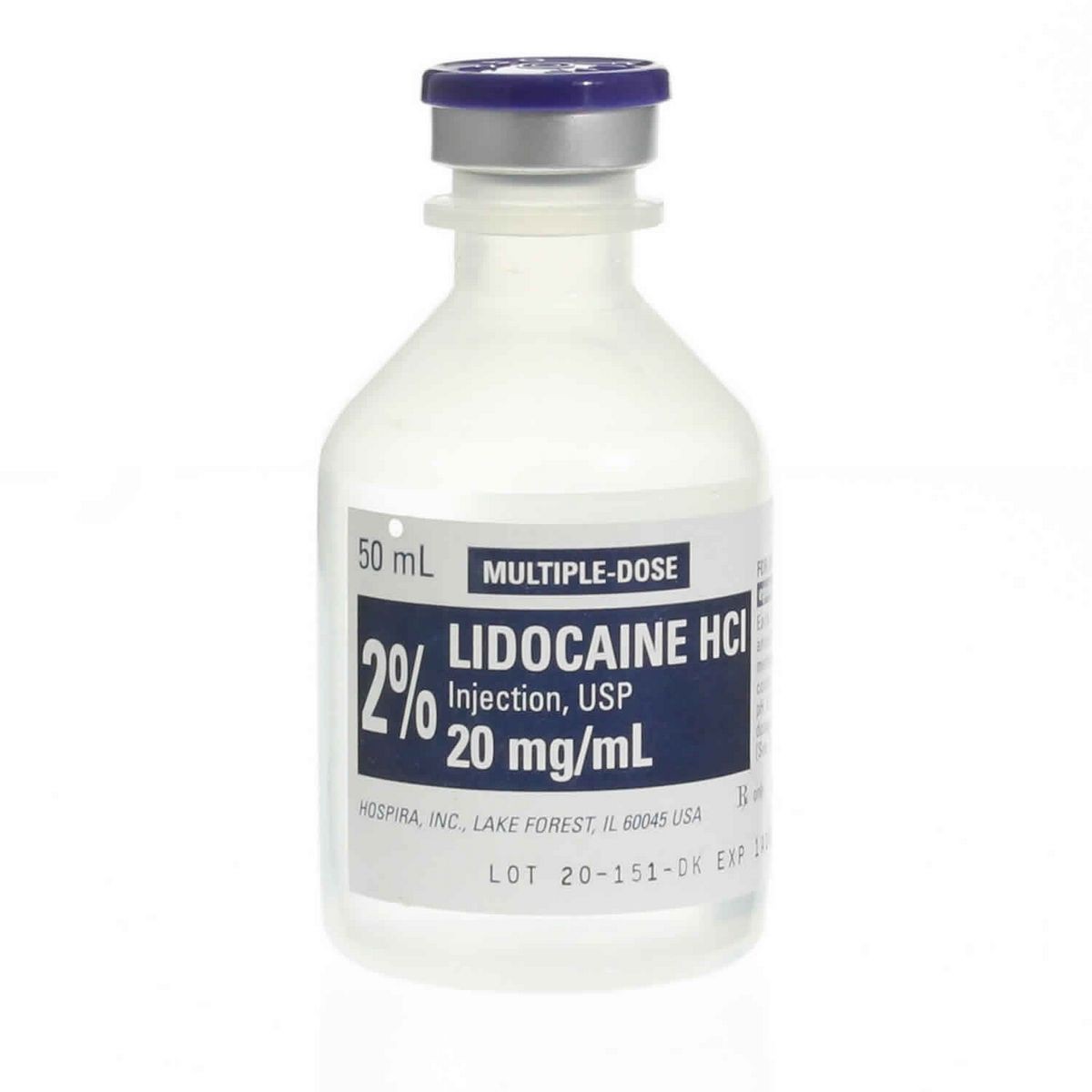
Contents
lidocaine anesthetic
Lidocaine anesthetic is a local anesthetic injection used to numb specific body regions before medical procedures. It blocks nerves in the treatment area, preventing pain signals from reaching the brain. Lidocaine also stabilizes nerve cell membranes and inhibits the conduction of nerve impulses.
Lidocaine anesthetic administration includes:
- Injecting into the skin (percutaneous) to numb the treatment area
- Injecting into a vein (intravenous) to numb the upper and lower extremities (Bier block)
- Injecting around peripheral nerves for specific blocks, such as dental, shoulder and arm (brachial), ribs (intercostal), space adjacent to the vertebrae (paravertebral), perineum and lower vagina (pudendal), lower uterus, cervix and upper vagina (paracervical), neck, head, upper arm and upper chest (cervical – stellate ganglion), mid to low back (lumbar), upper back (thoracic), lumbar, and tailbone area (caudal)
Warnings
- Do not use lidocaine anesthetic if you’re hypersensitive to amide type local anesthetics or any of its components
- Some formulations may contain sulfites, so avoid if you have a sulfite allergy
- Avoid lidocaine anesthetic solutions with epinephrine in extremities like ears, nose, fingers, and toes, as it can constrict blood vessels and cause tissue damage
- Use with caution in severe liver disease
- Patients with bleeding or platelet disorders are at higher risk for superficial bleeding
- Use caution in patients with history of malignant hyperthermia
- Avoid injecting into mucous membranes or open wounds to prevent systemic absorption
- Administer nerve blocks and infiltration only by clinicians experienced in managing doses and emergencies
- Be careful to avoid injecting into blood vessels during nerve blocks (except Bier block for extremities)
- Infusing lidocaine into joints after surgery is unapproved and can cause cartilage loss
- Methemoglobinemia may occur, especially in at-risk patients; monitor closely
Side Effects
Side effects of lidocaine anesthetic include irregular heart rhythms, slow heartbeat, cardiovascular collapse, low blood pressure, heart block, edema, dyspnea, respiratory depression, respiratory arrest, anxiety, agitation, confusion, euphoria, nervousness, psychosis, tinnitus, visual disturbances, abnormal skin sensation, sensations of heat, cold, or numbness, drowsiness, dizziness, disorientation, lightheadedness, slurred speech, tremors, muscle twitching, seizures, unconsciousness, coma, skin lesions, hives, severe allergic reactions, difficulty swallowing, nausea, vomiting, and injection site pain or increased serum creatine kinase.
This is not an exhaustive list of side effects. Consult a healthcare professional for more information.
Dosages
Injectable Solution
Adult
Infiltration Anesthesia
- Percutaneous: 1-60 mL of 0.5-1% solution (5-300 mg total dose)
- IV regional: 10-60 mL of 0.5% solution (50-300 mg total dose)
Peripheral Nerve Blocks
- Brachial: 15-20 mL of 1.5% solution (225-300 mg total dose)
- Dental: 1-5 mL of 2% solution (20-100 mg total dose)
- Intercostal: 3 mL of 1% solution (30 mg total dose)
- Paravertebral: 3-5 mL of 1% solution (30-50 mg total dose)
- Pudendal (each side): 10 mL of 1% solution (100 mg total dose)
- Paracervical obstetrical analgesia (each side): 10 mL of 1% solution (100 mg total dose)
Sympathetic Nerve Blocks
- Cervical (stellate ganglion): 5 mL of 1% solution (50 mg total dose)
- Lumbar: 5-10 mL of 1% solution (50-100 mg total dose)
Central Neural Blocks/Epidural
General: 2-3 mL/dermatome for anesthesia
Thoracic: 20-30 mL of 1% solution (200-300 mg total dose)
Lumbar analgesia: 25-30 mL of 1% solution (250-300 mg total dose)
Lumbar anesthesia: 15-20 mL of 1.5% solution (225-300 mg), or 10-15 mL of 2% solution (200-300 mg total dose)
Dosing Considerations
- Use preservative-free preparations for spinal or epidural anesthesia
- May be buffered 9:1 with sodium bicarbonate to reduce pain on injection
- Maximum dose: 4.5 mg/kg, up to 300 mg lidocaine without epinephrine; or 7 mg/kg, up to 500 mg lidocaine with epinephrine
Pediatric
Infiltration
- Percutaneous: 4-4.5 mg/kg maximum
- IV regional: 3 mg/kg
Overdose
- Monitor vital signs to prevent overdose
- Administer oxygen at the first sign of change in vital signs
- Treat lidocaine overdose with appropriate supportive and symptomatic care
Drug Interactions
Inform your doctor of all medications you’re taking to prevent drug interactions. Use caution when combining lidocaine anesthetic with drugs associated with methemoglobinemia, including nitrates/nitrites, other local anesthetics, antineoplastic agents, antibiotics, antimalarials, anticonvulsants, and other drugs.
This list does not include all possible interactions. Check with your doctor or use the RxList Drug Interaction Checker for more information.
Pregnancy and Breastfeeding
- Lidocaine anesthetic may be used during pregnancy and labor, but caution is advised
- Lidocaine crosses the placenta, so careful monitoring is necessary
- Use lidocaine with caution while breastfeeding
By clicking Submit, you agree to the MedicineNet’s Terms & Conditions & Privacy Policy and understand that you may opt out of subscriptions at any time.
Summary
Lidocaine anesthetic is used to numb specific body regions before medical procedures. It can cause various side effects, so caution is advised. It is safe to use during pregnancy and in labor and delivery. Consult a healthcare professional if you are breastfeeding.


